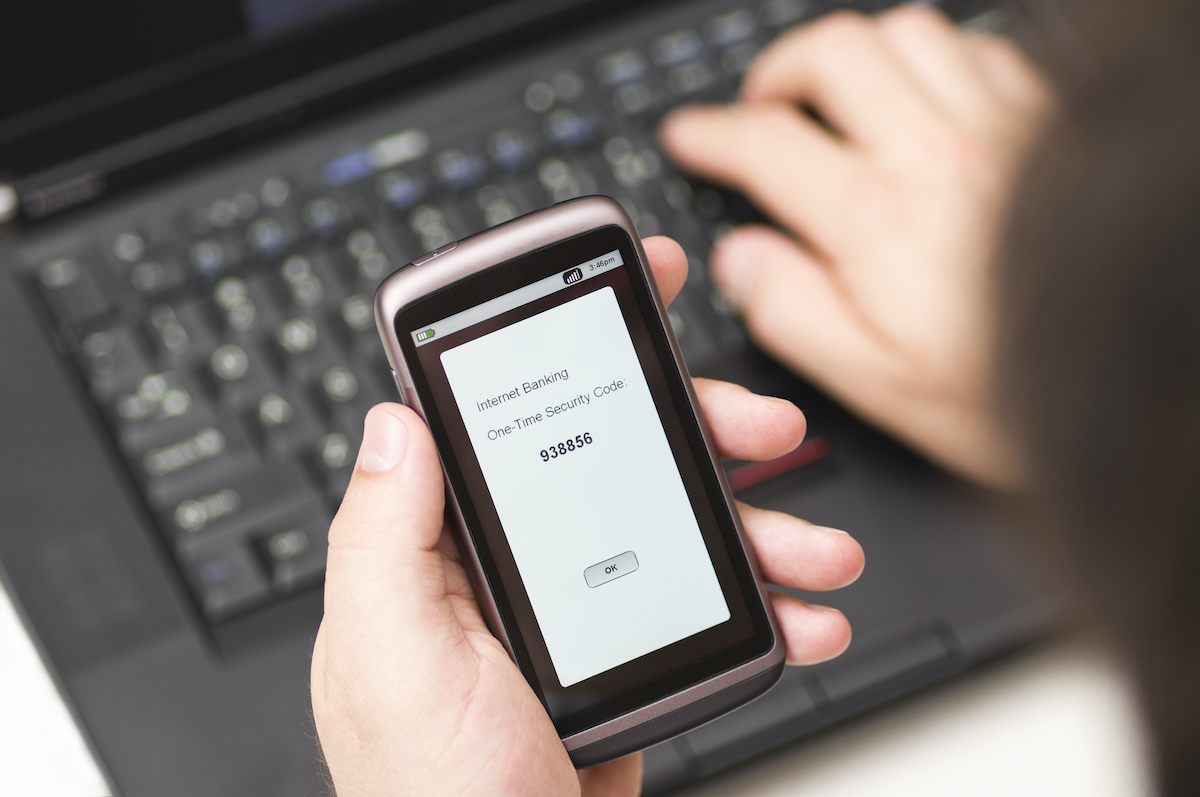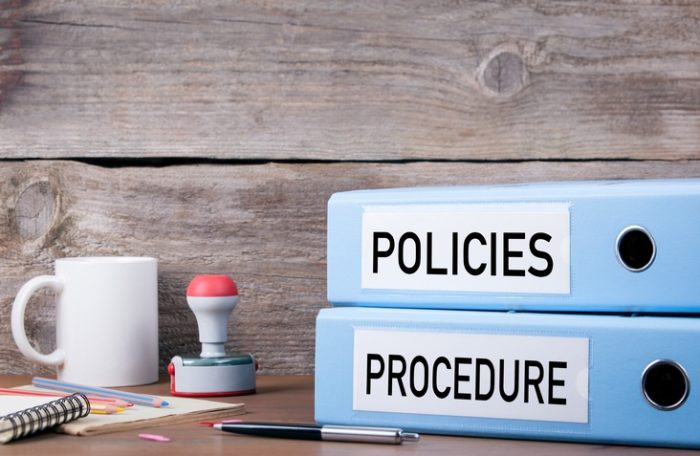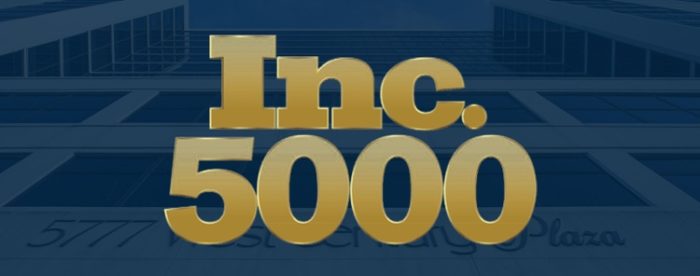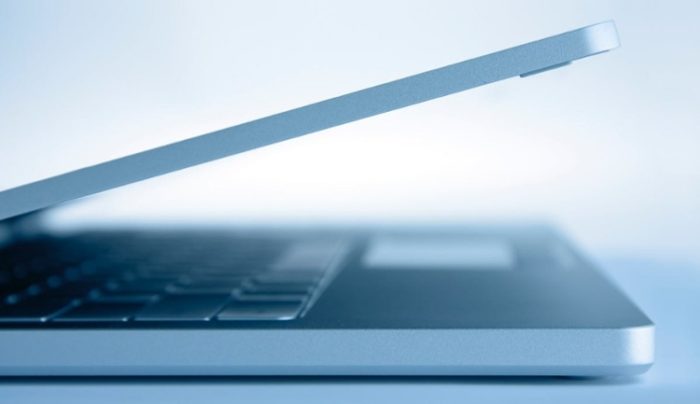
If you’ve ever answered a secret question online, entered a PIN or used a verification code delivered via text message, you’ve used multi-factor authentication. But what exactly is multi-factor authentication, and why is it considered one of the best forms of security?
People, businesses and governments are increasingly vulnerable to cyberattacks due to weak computer networks and security. Hackers exploit that vulnerability to steal information and identities for business or personal gain.
Multi-factor authentication, or MFA, is a verification method that requires users to identify themselves through various verification measures and credentials. This article will dive deeper into MFA and provide examples of common uses in daily life.
What Is Multi-Factor Authentication?
“Username and password” are no longer enough to ensure someone’s identity with today’s technology. Using an authentication process verifies a person’s identity before granting them access to an account or software, protecting data and thwarting cyberattacks. Multi-factor authentication doubles down on the information required to establish proof of permission to access important information.
There are four factors used to establish identity:
-
What the user knows
-
What the user has
-
Who the user is
-
Where (or when) the user is
The security level increases when you combine two or more of the above factors:
-
Two-factor identification (2FA) uses two factors
-
Multi-factor identification (MFA) uses two or more factors
-
Four-factor identification (4FA) uses all four factors
Why do you need multi-factor authentication? While 2FA is more manageable for users, the increasing sophistication of cyberattacks necessitates that you enforce additional authentication measures for maximum protection and security.
The level you implement can vary depending on your industry. If you need the highest security (like for government or finance), you may need 4FA to protect your assets. For most businesses, MFA is a reliable and effective authentication standard.
Warning: Be aware that you may not be impervious to phishing attacks no matter what authentication method you choose. If a hacker successfully spoofs a legitimate website with an email scam, they can trick even a sophisticated user into providing personal information and passwords. Educating users on what to look for is an invaluable tool in your security arsenal.
How Does Multi-Factor Authentication Work?
Multi-factor authentication works by providing a series of steps a user must navigate through to confirm their identity. Even if a hacker attains one factor (like a password), it would not be enough to pass through the remaining security steps. MFA is an advanced security measure that most businesses can benefit from.
Varying the authentication factors you choose is the best way to ensure your safety. We advise selecting a distinct element from two or more of the following authentication factors.
4 Examples of Multi-Factor Authentication
These are the four main types of authentication factors organizations use today, in order of increasing sophistication.
Identification Through What the User Knows
Information that only the user knows has been used as a common authentication step for quite some time. Unfortunately, using this step alone can be dangerous as this information is the most easily hacked. Not only do users routinely recycle common passwords, but they also use information that hackers can quickly glean through social media accounts and public records.
Here are three common types of identifiers used in this category:
-
PINs
-
Passwords
-
Answers to personal security questions
Identification Through Something the User Possesses
This method utilizes a physical asset or information explicitly sent to a user. This next-level identifier is an effective way to prove identity, as long as users don’t respond to phishing attempts by hackers who can capture the information.
Here are some examples of an identifier a user can possess:
-
Code sent via SMS text message
-
Soft tokens, like One-Time Password Tokens (OTP), sent via email
-
Hard tokens, like Bluetooth tokens, smart cards and USB tokens
Identification Through Who the User Is
The next level of identification requires something you are, including biometric data. Taking a technological leap in verifying identity, most of these factors are difficult to forge or replicate:
-
Fingerprints
-
Facial recognition
-
Retina scanning
-
Voice recognition
-
Signature
Identification Through Location and Time
This factor, also called Adaptive Authentication, is the newest and most sophisticated form of authentication, incorporating location, time or behavior. This factor involves using AI and GPS to pinpoint a user’s location or predicted activities and calculate a risk level.
Here are some examples of Adaptive Authentication:
-
Is the access originating from a known location, like a home or office? If you’re attempting to log in from a coffee shop for the first time, additional verification should be required.
-
Is the time of the access authorized? Access requested during the middle of the night vs. during work hours could be suspicious.
-
Is the access from an unidentified device? If you’re using a new, public or borrowed device, this could be a red flag.
-
Is a user switching from a private to a public network? Conducting work using a public WiFi should require more stringent security measures.
Read The Ultimate Small Business Cyber Security Checklist
Level Up Your Security With SugarShot’s Premier Cybersecurity Services
How can you implement multi-factor authentication for your business? SugarShot specializes in managing the security needs of SMBs and enterprises alike.
Don’t let the stress and burden of IT prevent you from reaching your goals. Whether you need strategic guidance or a fully remote IT department, SugarShot has got you covered. We help businesses take control of their cybersecurity systems, software and monitoring to build a sustainable and profitable future.
We’d love to answer any questions you may have about our cybersecurity services.
Contact us today for an obligation-free chat.
Other News
Find out more
about Sugarshot USA



